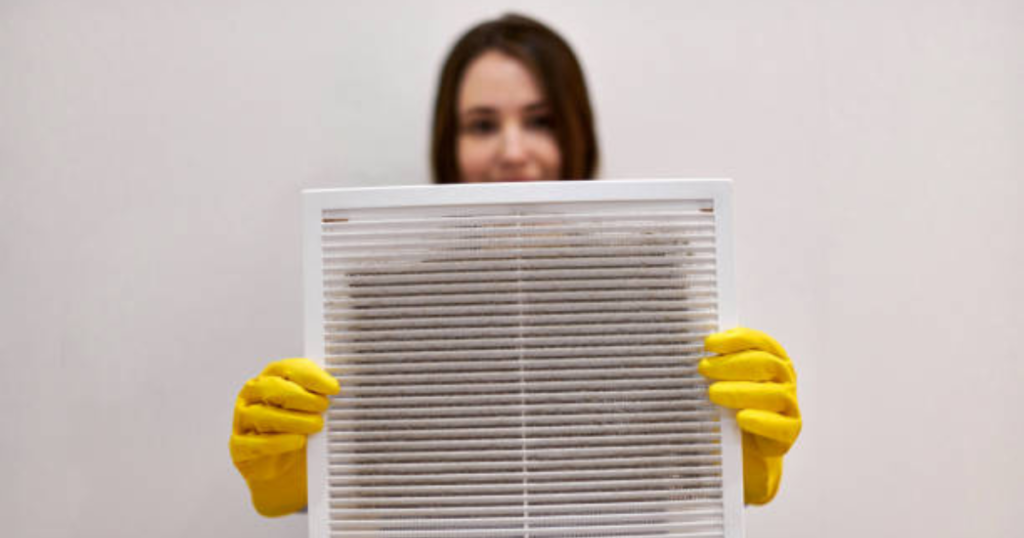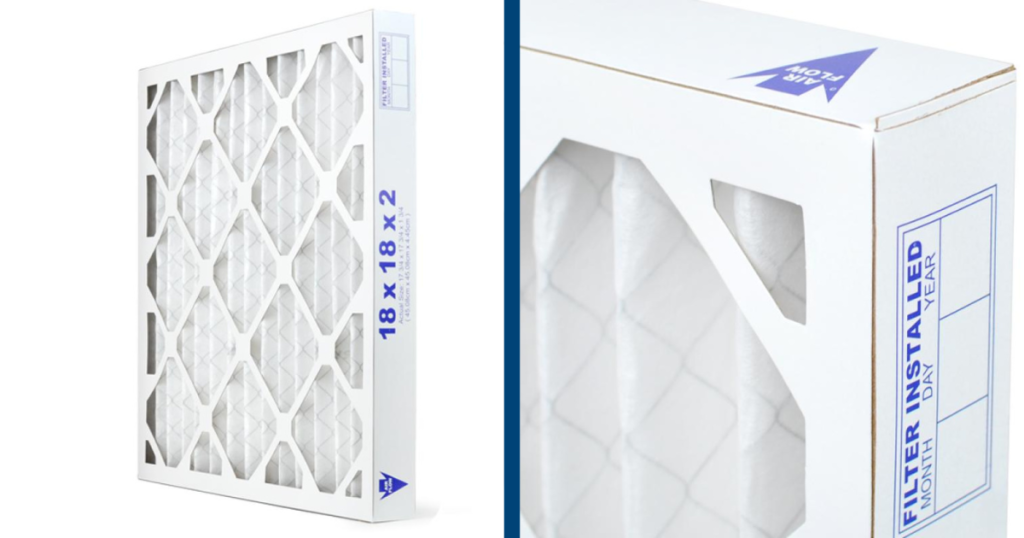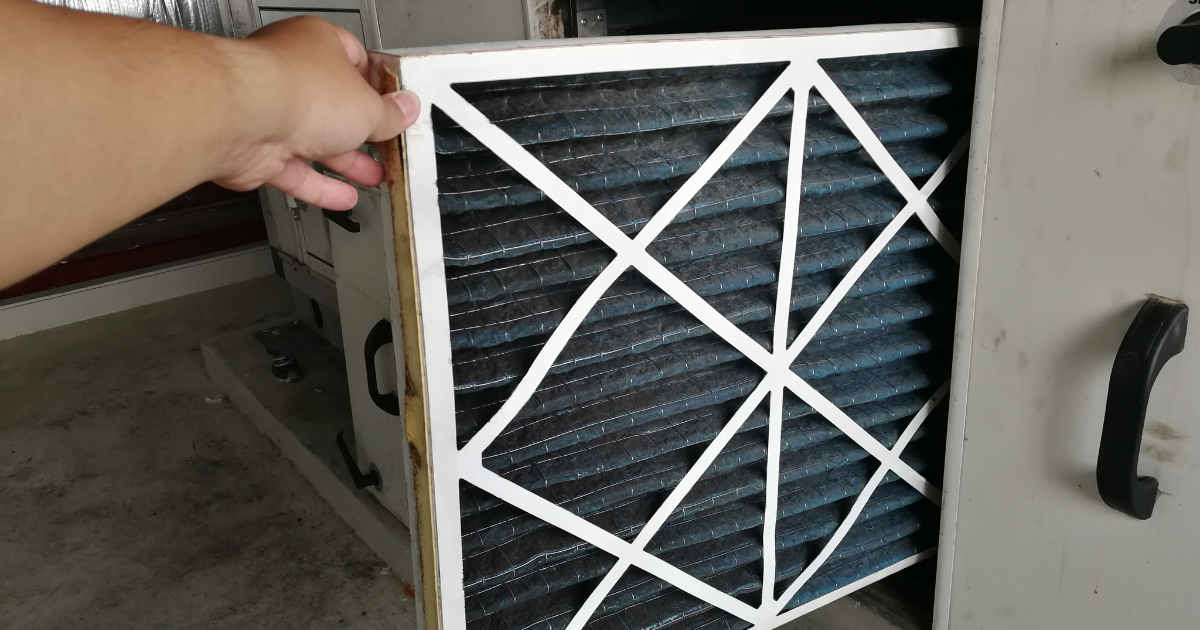You need to change your air filter in your home or workplace, but it has been a while, and you aren’t sure where to start. Never fear, Discount Filters is here to help! Clean air filters improve your indoor air quality and minimize the wear and tear on your Heating, Ventilation, and Air Conditioning (HVAC) system. Air filters are designed to be installed in a specific orientation, with airflow entering one side and exiting the other. Upstream layers of media capture large particles, while the downstream layers are designed to capture finer particulates. A reinforced layer, usually a wire mesh, provides rigidity and strength. It also prevents a dirty filter from collapsing or damaging your blower. It’s important to get this right because if the filter is installed backwards, it won’t filter efficiently, and this could even lead to bigger maintenance problems. To avoid this, let’s dive into how to replace your air filter the correct way in five easy steps!
1. Turn Off the Power to Your Furnace or Air Handler
Your home air filter collects a lot of dust, so it’s important to first turn off the power to your furnace before starting. If the power remains on, your HVAC system will circulate particles like dust, pollen, and dirt through the vents and into your home. Yikes!
2. Locate the Air Filter You’re Replacing
In most instances, your air filter is located near your furnace. If you need help locating your furnace filter or air conditioner filter, check areas like above or below the HVAC unit. You may have a return air grille, air cleaner cabinet, or media-type filter, depending on your type of HVAC system.
3. Discard Your Old Filter
Be careful when you remove your old home air filter, as it’s likely collected a lot of dust and other particles which could come loose. To properly dispose of the used AC filter, carefully place it in a large trash bag, tie it up, and place it in an outside garbage bin. If you’re worried about throwing your air filter away, check out our washable filters.

4. Insert Your New Air Filter
Luckily to your benefit, most air filters are designed so that they will not fit properly unless they are inserted correctly. Look for the airflow arrows printed on the side of the air filter that indicate which direction the air filter should be inserted. (Shown in the image below.) When you insert the new air filter, the arrow should point toward the furnace or air handler blower assembly.

5. Turn the Furnace Power Back On
You’re done! Now that you’ve learned how to properly change your air filter, you can enjoy your clean, filtered air. Need new air filters? Look no further than our high-quality home air filters, available at the lowest prices.
NOTE: In case your filter is missing an airflow arrow, there is typically a wire mesh on the downstream side of the filter. This wire’s purpose is to give the AC filter the rigidity and strength it needs to capture particles. If your air conditioner filter doesn’t have an airflow arrow, then make sure the wire mesh faces the blower of your HVAC system, as this this is the last surface the air touches.For any other questions concerning your home’s air filter, talk to our customer service, or comment down below.
Other Frequently Asked Questions
Is it OK to turn on the AC without a filter?
Running your AC without an air filter is not recommended. Doing so can cause permanent damage to the HVAC system. Without a filter, particles like dirt and dust that are normally absorbed can make their way into the AC system, wreaking havoc on the mechanical components and often leading to costly repairs.
How often do you need to change your air filter?
Most air filter manufacturers and HVAC companies recommend changing your air filter every 90 days. This suggested time frame can vary depending on where your home is located (ex. dusty, dry climates), if you have any pets, and the age of your system and equipment.
What happens if you haven’t changed the air filter in a year?
If your air filter hasn’t been changed for a year, it can quickly become clogged with dust and debris, preventing proper air filtration in your home or workplace. This leads to a variety of issues for your HVAC system including system inefficiency, higher energy bills, inadequate air quality, and ultimately failure.
Why does my AC filter get dirty so quickly?
When the thermostat’s fan setting is set to “on,” the indoor blower will run continuously, circulating air over the air filter. With the AC running constantly, the air filter captures airborne contaminants, leading it to get dirty quicker.

